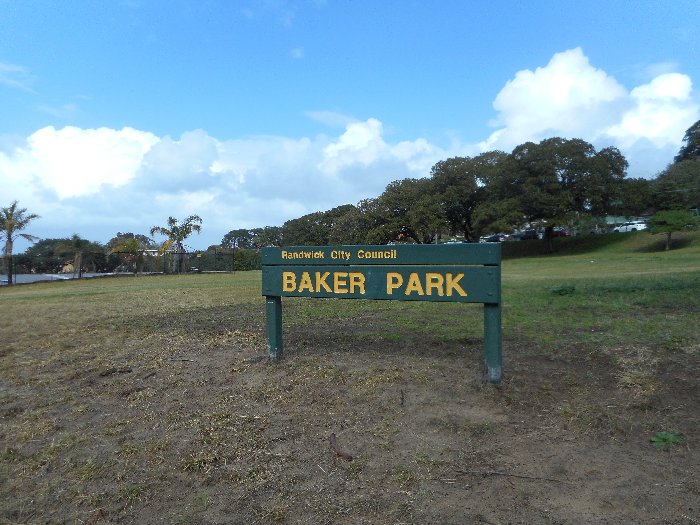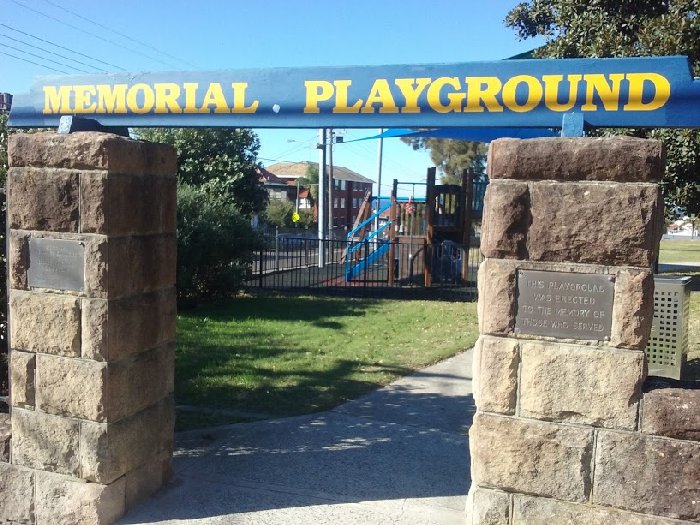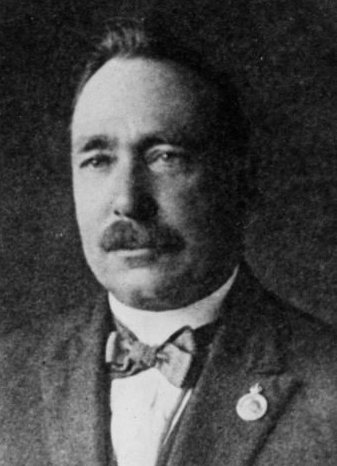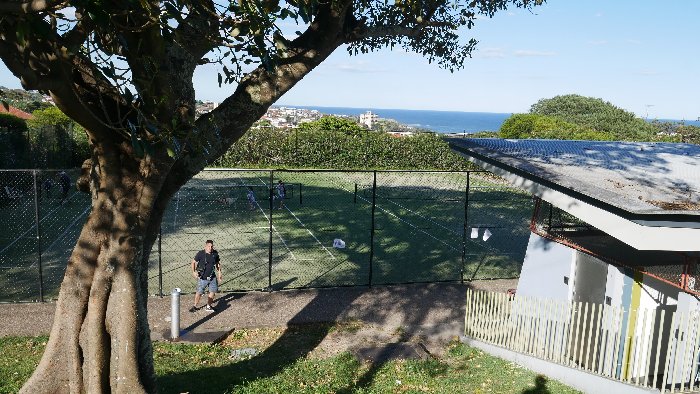Coogee Media
HISTORY | STORIES | BEYOND BLOG & CREATE PEOPLE |
Baker Park, CoogeeCoogee's Hidden Gem: Baker Park and the Legacy of a Soldier and Leader
Coogee Diggers' Club The Returned Sailors and Soldiers Imperial League of Australia (RSSILA) later renamed the Returned Sailors, Soldiers and Airmens Imperial League. was formed in 1916. It emerged in response to the lack of a unified approach to repatriation and support for veterans returning from World War I. In 1965 it was renamed the Returned & Services League of Australia (RSL). Until about 20 years ago, the top part of the club also accommodated a lawn bowls club but is now a child-care centre. The large red-brick structure is a blend of art deco and modern brutalist/industrial design that is home to the the organisation's social club open to all members of the community and now branded as Coogee Diggers Club. It has evolved into a vibrant venue, a social centre which features bars, restaurants, auditorium , gym, and swimming pool. 
 Established 1887
 Hamstead Park, Coogee, 1907 (now Baker Park)
Memorial Playground Play equipment in the park has been upgraded several times over its lifetime. We spoke to an elderly gentleman with his grandchildren in the park who remembered playing in the playground himself as a child. There was no brightly coloured, plastic playground equipment sitting safely on softfall surfaces and securely enclosed by a fence as in today's Baker Park. Back then, the equipment was 1950s style steel and hardwood structures favoured by municipal authorities: metal bars, dangerous equipment, hard concrete surfaces and lots of scratched knees and knuckles. And then there were the summertime burns thanks to the long metal slide that turned to fire on a hot day. According to brass plaques attached to impressive monumental sandstone entrance gates marked Memorial Park, it was opened in 1953 as a project of the ladies auxiliary of the Returned Serviceman's club. The plaques read:
Erected by the Ladies Committee of the Coogee-Randwick R.S.S. & A. Club. Mrs. P. A. Messenger, President; Mrs A. J. Jarman, Treasurer: Mrs D. Hawke, Hon. Secretary; 1953.
George Baker  George Baker, Mayor of Randwick
Baker's Military Service The RANBT was intended to be a horse-drawn engineering unit that supported operations on the Western Front. A ‘train’ was a series of wagons that carried building materials and the other equipment to build roads, railways and bridges. The RANBT sailed from Melbourne in June 1915 and provided engineering support during the Gallipoli campaign. When Baker enlisted in February 1916, he was part of the "15th reinforcement" and eventually taken on strength with his unit in September 1916. The RANBT spent 1916 maintaining and operating the bridges over the Suez Canal. Men from the unit took part in the amphibious assault on Ottoman positions at El Arish and other engineering work supporting the front-line troops. It could be dangerous work, and the unit came under fire and took casualties. Eleven died during active services, many were wounded and some died of illness. The RANBT was disbanded 27 March 1917 and its members distributed to other Australian Imperial Force (AIF) units and some returned to Australia. Baker, by then in his mid-40s was, according to his military records, was no longer needed and discharged as decorated returned serviceman. Baker, however, seemed to be concerned about his reputation and some may have doubted his military contribution during the war. In correspondence to the Department of Defence records section in 1934, he took issue with the phrase used to describe the winding up of the RANBT as "services no longer required", fearing that his discharge may have been construed as being less than satisfactory. He perhaps need not have worried since his military records show him being awarded his three active-duty medals, while the Sydney Sunday Times described him as being Randwick's "Soldier Mayor".  George Baker's 1934 Business Letterhead By 1934, he was living at 24 Gordon Avenue, Coogee During the post-war period, Baker seems to have prospered and by 1934 was running his own decorator business and living at 24 Gordon Avenue, Coogee, a house that overlooks Gordons Bay. During World War Two he also served as a member of the Volunteer Defence Corps. Baker died after an illness at the Coast Hospital, Little Bay aged 75 on 28th November, 1948. His wife Henrietta died in 1945. He was survived by two sons and a daughter.
Tragedy
Tennis Courts Back in 2023 Randwick City Council received a proposal from a tennis club to take over the management of the courts which presumably would have done away with the self-regulation system and perhaps imposed charges for their use. A public campaign developed in opposition to the proposal Ultimately, Randwick City Council rejected the proposal, and the courts remain open the public for free use on a self-regulating basis.
Legacy
 Baker Parker Tennis Courts
REFERENCES Copyright © Coogee Media All rights reserved
|